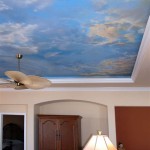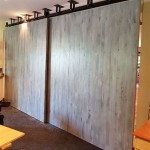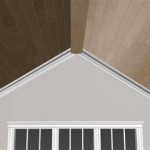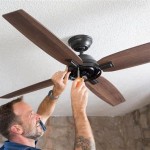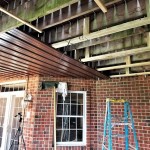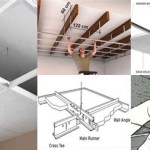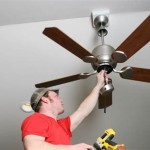Gypsum board ceiling is an excellent choice for many homeowners due to its affordability, durability, and ease of installation. Gypsum board ceilings are used in both residential and commercial buildings, and can be customized to fit any space.
What is Gypsum Board Ceiling?
Gypsum board ceiling is a type of ceiling that is made up of gypsum boards that are attached to a metal frame. The boards are then covered with a covering material such as paint or wallpaper, and the edges are finished with trim. Gypsum board ceilings are lightweight and easy to install, and they provide an excellent soundproofing barrier.
Advantages of Gypsum Board Ceiling
- Lightweight and easy to install.
- Affordable and durable.
- Provide excellent soundproofing.
- Fire-resistant and easy to maintain.
- Customizable to fit any space.
Disadvantages of Gypsum Board Ceiling
- Can be damaged by water.
- Cannot be used in areas where extreme heat or cold is present.
- Can be difficult to repair if damaged.
Steps for Installing a Gypsum Board Ceiling
- Measure the area where the ceiling will be installed and prepare the metal framework.
- Attach the gypsum boards to the metal frame using screws.
- Cover the edges of the boards with trim.
- Paint or wallpaper the boards to your desired finish.
- Install the light fixtures and other accessories.
Conclusion
Gypsum board ceiling is an affordable, durable, and easy-to-install option for many homeowners. It provides excellent soundproofing, fire-resistance, and is customizable to fit any space. While it has some disadvantages, it is still a great option for many homeowners. With the right steps, installing a gypsum board ceiling can be a relatively straightforward process.















Related Posts

